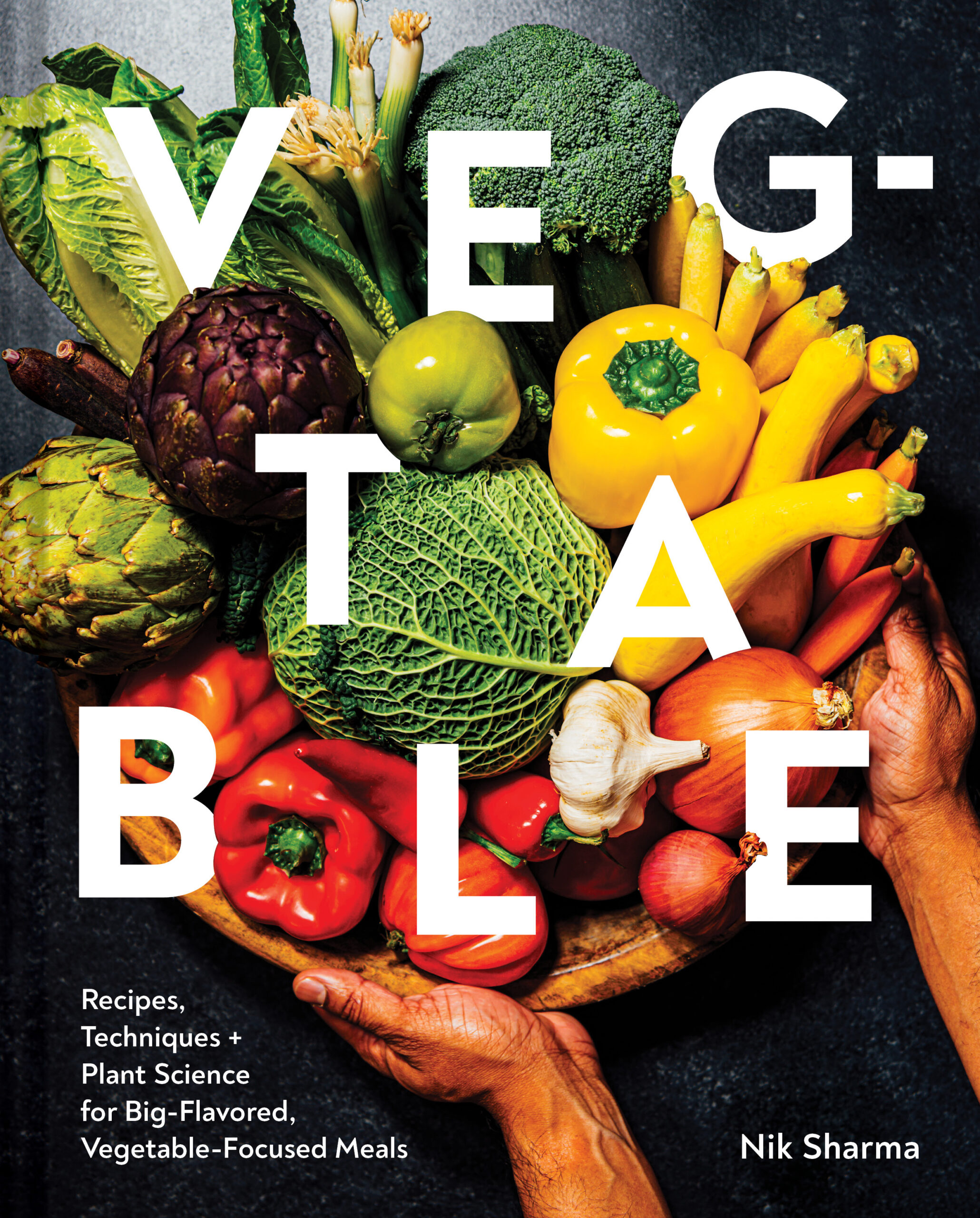
A few weeks ago I visited the Culinary Institute of America (CIA)
in gorgeous Napa valley. It’s a few hours from Oakland and though I’ve been there before and (at one point even considered going to school there) I had never walked through the kitchens or for that matter cooked in them. But all of that was about to change, thankfully through a trip via the folk behind CARipeOlives. The purpose of this trip was to immerse myself in learning about the diverse possibilities in using olives in cooking taught by the chefs at the CIA and Elise Bauer of Simply Recipes.
To be completely honest, I’ve always thought of whole olives as a table snack or of something that you use for texture or for that pop of brininess in a dish but now I was going to learn to do much more than just that with them. We started off our day with a little tasting of various kinds of olives brined or treated in some way just to get a quick taste of how diverse this little fruit is. Among the different tasting samples, two really stood out. A candied black olive concoction and a smoked olive, neither of which I had ever tasted before. I’ve had olives in ice creams and desserts as a topping but never as a candy, the taste and texture reminded me of a sweet dried fruit with a much softer texture. Then came the smoked olives, it is everything you can imagine and more. At the CIA they start out with sawdust as the source for smoke and place it in a hotel pan, over which a perforated hotel plan is placed along with the drained olives (just use a can drained) and then covered with another pan. Then the entire apparatus is kept on the stove and as the heat starts to burn the wood and release the smoke, the olives start to absorb the flavors. The olives are then removed and allowed to cool a little before they can be used in any conceivable way possible.
Green and black olives are essentially one and the same fruit, the green olives just aren’t exposed to air during the ripening process. The way in which they’re brined affects the color, the ripe green olives from the tree can be made purplish black if you simply bubble oxygen through the liquid during the ripening process. Another fun fact, olives are like sponges, they absorb flavors really well which explains why they take on the salt of the brine in which they’re kept and also helps explain why smoking and candying work well. So even if you don’t want to cook olives in a dish you could do something simple like smoking and create an exciting change to your menu!
We then got the chance to cook in the kitchen and along with my team, we came up this delicious Kumquat Tapenade that we served with grilled shrimp and mushrooms. You can use any type of brined olives but I like the combination of color and flavor that both green and black olives bring to the tapenade. There’s a tiny bit of heat here balanced by the sweet acidity of the kumquats. I’ve shared the recipe here so you can make this easy and interesting citrusy version of this olive dip at home.









Kumquat Tapenade
Makes approximately 3 cups
Ingredients
1/2 cup chopped kumquats with juice and skin, seeds discarded
1/2 cup chopped shallots
1 serrano pepper, deseeded
1 cup black olives, drained
1 cup green olives, drained
1/2 cup shelled pistachios
1 cup chopped parsley
1 Tbsp fresh lemon zest
1/4 cup [60ml] freshly squeezed lemon juice
1/2 cup [120ml] extra-virgin olive oil
salt and pepper to taste
Place all the ingredients from the kumquats to the olive oil in the bowl of a food processor for a few seconds and pulse until you get a coarse paste. Taste and adjust seasoning. Refrigerate and allow to sit for at least 1 hour before serving. Serve as a dip with bread or roasted shrimp.
Disclaimer: This post was sponsored by California Ripe Olives. Although I was compensated to write this post, all opinions are my own. For more information on California Olives and how they’re grown and cured please visit CARipeOlives or Facebook


One Response
That kumquat olive tapenade was amazing! Perfect with the shrimp. So great to meet you Nik!